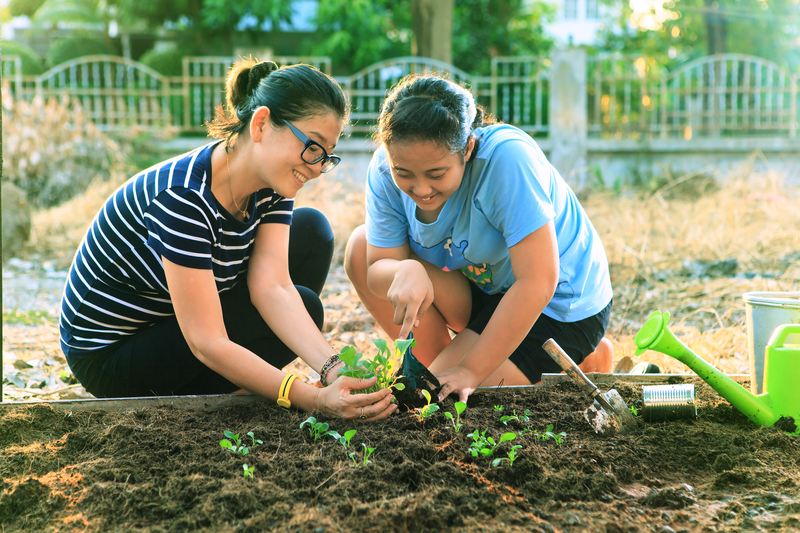- Home
- Knowledge library
- Community models and land trusts
Community models and land trusts
Understanding community models and land trusts, the benefits for the local community and the farm operators, and what to consider with this business model.
Back to Selecting a legal framework
What is a community model or land trust?
These can be considered where a wider group of people who are interested in a particular land project participate. This could be a local community or other group, individuals or a council or other body.
This might be for local purposes, to support a form of production, heritage or other reason.
Key points
While typically retaining someone to do the farming in accordance with the objectives, this model could also see such a group require access to land from a sympathetic landowner. This can use structures such as:
- Community Interest Company (CIC), a separate body
- Charitable company, a separate body
- Trust, with trustees responsible for it
- Industrial and Provident Society (a mutual framework acting for its members)
In some cases, the agreement will provide for distribution of produce to members who have provided money for the operation.
- Model may develop not purely for commercial reasons, but it still requires competent farming and management
- They bring wider resources and engagement to help a project become established or continue
- There can be any number of people involved
- It will need clear written rules for who is involved, how it is funded, and decision making
- It will need to be able to comply with the law and good practice for whichever structure is adopted, requiring arrangements for necessary administration
- There may be a need or opportunity for volunteers
Tax
- The tax treatment will follow the structure chosen
- Where recognised as a charitable or not-for-profit enterprise, Income Tax and Corporation Tax will not normally apply to the core activity
- According to scale, VAT will apply – but most agricultural produce is zero rated
- If it is structured as a mutual operation, transactions with and services to members will not give rise to Corporation Tax but losses will not be a trade loss; that structure excludes capital allowances. Other activities (such as with non-members or where it buys produce from members) would be subject to Corporation Tax
Benefits of this model
For the people involved:
- To have the means to give effect to a wider objective, and have land farmed and managed in ways sympathetic with the objective
- To protect or retain a local property
- To maintain a part of the landscape or a local heritage property, such as traditional orchards
- To ensure a particular method of production or approach to farming
- To provide education or training, such as for agricultural, landscape, environmental or social matters
- To support social objectives, such as for disadvantaged children, to provide wellbeing and access
- To enable wider access to nature
- To give local people or those involved a sense of ownership in the project. In some cases, produce may be available to them
For the landowner:
- It gives access to land and the wider resources that may be available
- Where the farmer and the organisation share objectives
- The possible marketing opportunities it may offer for produce
- Ancillary activities that may help with income or promotion
 Dreamstime
Dreamstime
Sectors:

